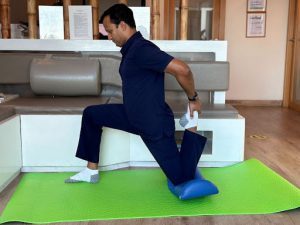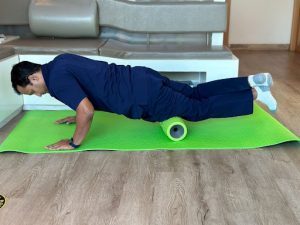Introduction: Runner’s knee, also known as patellofemoral pain syndrome, is a common condition that affects runners and athletes of all levels. It is characterized by pain around or behind the kneecap, often aggravated by activities such as running, jumping, or squatting. Physiotherapy plays a crucial role in the management and rehabilitation of runner’s knee, helping individuals regain strength, flexibility, and function while reducing pain and preventing future injuries.
Understanding Runner’s Knee: In this section, we delve into the causes, risk factors and symptoms of runner’s knee. We explore how biomechanical factors, overuse, muscle imbalances, and improper training techniques can contribute to the development of this condition. By understanding the underlying mechanisms, individuals can make informed decisions about their treatment and prevention strategies.
Treatment Approaches: Physiotherapy offers a range of treatment approaches to manage runner’s knee effectively. This section covers the use of manual therapy techniques, such as joint mobilizations and soft tissue release, to alleviate pain and improve joint mechanics. Additionally, we explore the role of therapeutic exercises in foam rolling,strengthening,improving flexibility and restoring optimal movement patterns.
Prevention Strategies: Preventing future episodes of runner’s knee is crucial for long-term success. In this section, we discuss strategies for injury prevention, including proper warm-up and cool-down routines, gradual training progression, and cross-training. We also emphasize the importance of addressing any underlying biomechanical issues and implementing appropriate footwear and equipment modifications.
Physiotherapy plays a vital role in the management of runner’s knee, addressing pain, restoring function, and preventing future injuries. By following the guidance provided in this comprehensive guide, individuals can embark on their journey towards recovery with confidence, knowing that they have the tools and knowledge to overcome runner’s knee and return to their favourite activities pain-free.
Quick tips to relieve Runner’s Knee
- Quadriceps stretching
- Quadriceps foam rolling




